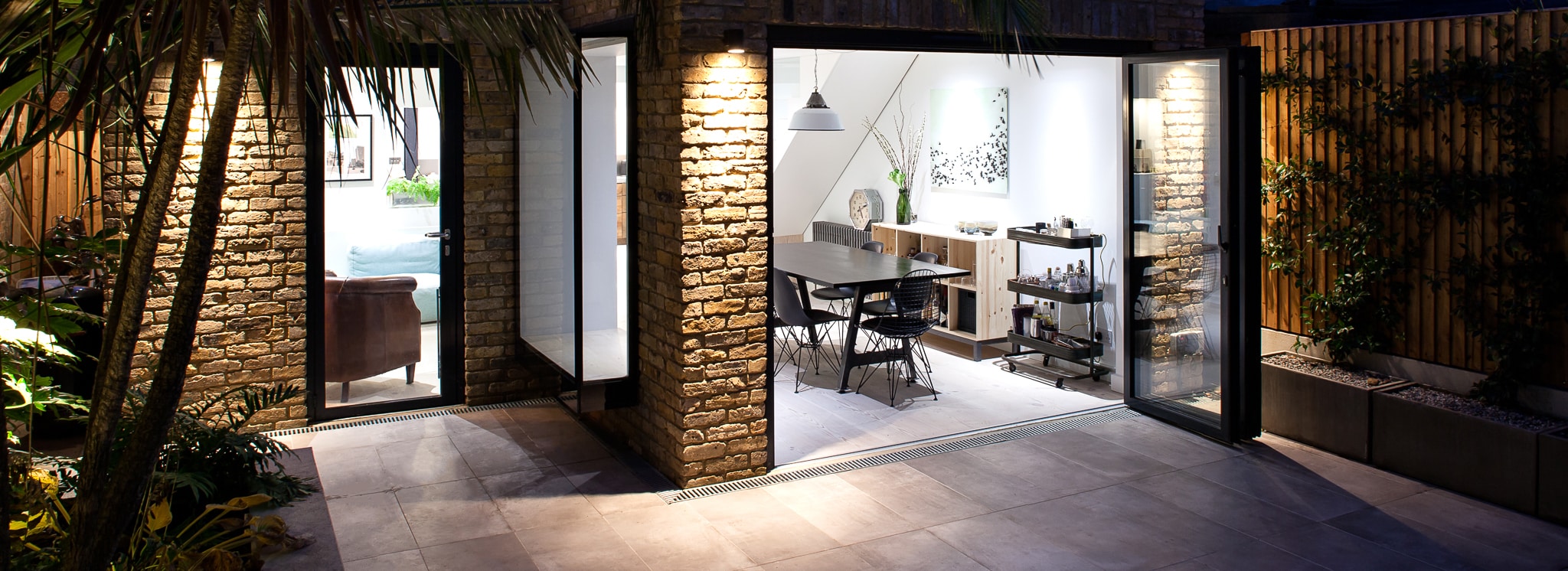
In most cases, installing new bifold or sliding doors does not require planning permission. In the UK, this type of work is typically covered by your home’s Permitted Development Rights, which allow for certain improvements without a full planning application. However, this is not always a simple yes-or-no answer as the rules can vary depending on whether you are replacing an existing door, enlarging an opening, or creating a new one.
As specialists with 25 years of experience in designing and installing glazing solutions, we understand that the official guidance can sometimes be confusing. In this guide, we will break down the key differences between planning permission and building regulations, explaining exactly when you need to contact your local authority. Refer to our simple summary of the rules for a range of common scenarios to ensure your project runs smoothly from start to finish.

Before starting any bifold or sliding door project, understanding the distinction between planning permission and building regulations is key. While both are legal requirements, they cover separate aspects;
Planning Permission:
Building Regulations:
In short, planning permission is about the right to carry out the work, while building regulations are about how the work is carried out and the standards of the construction.
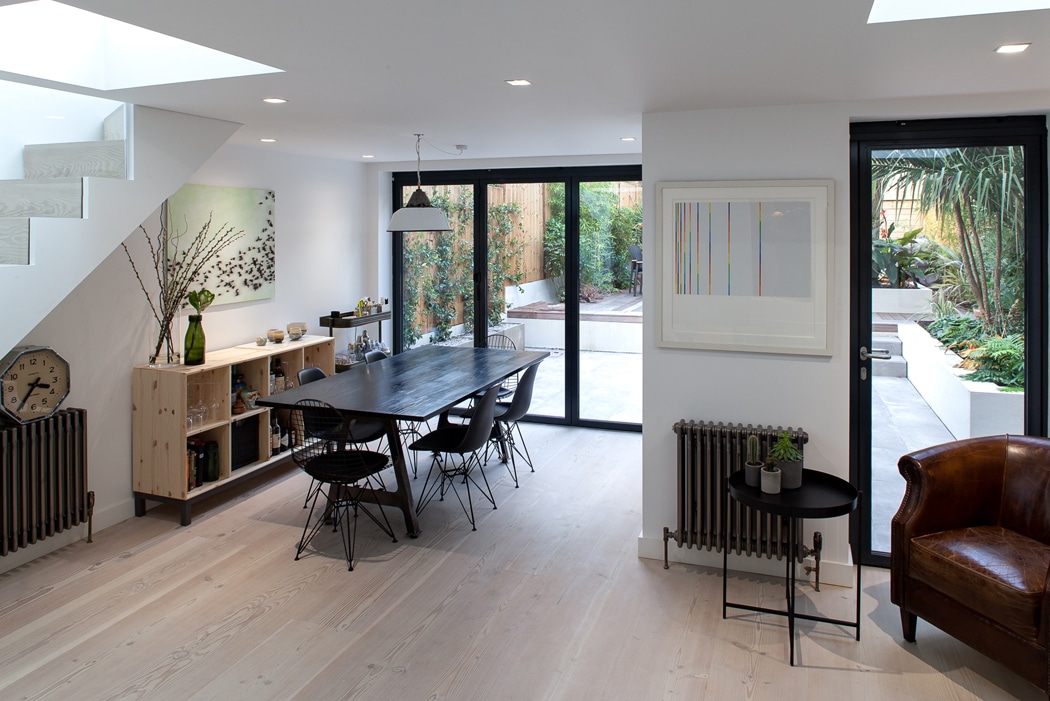
This is a very common question, and the answer depends on the size of the opening.
If you are replacing an existing window with a set of bifold or sliding doors that are the same size or smaller than the original aperture, you will not typically need planning permission, as it will fall under permitted development rights.
However, if the opening has to be widened to fit patio doors, planning permission will need to be applied for. This is because widening the structural opening is considered a significant alteration to the building’s external appearance.
Permitted development rights allow for certain home improvements and changes without having to secure planning permission.
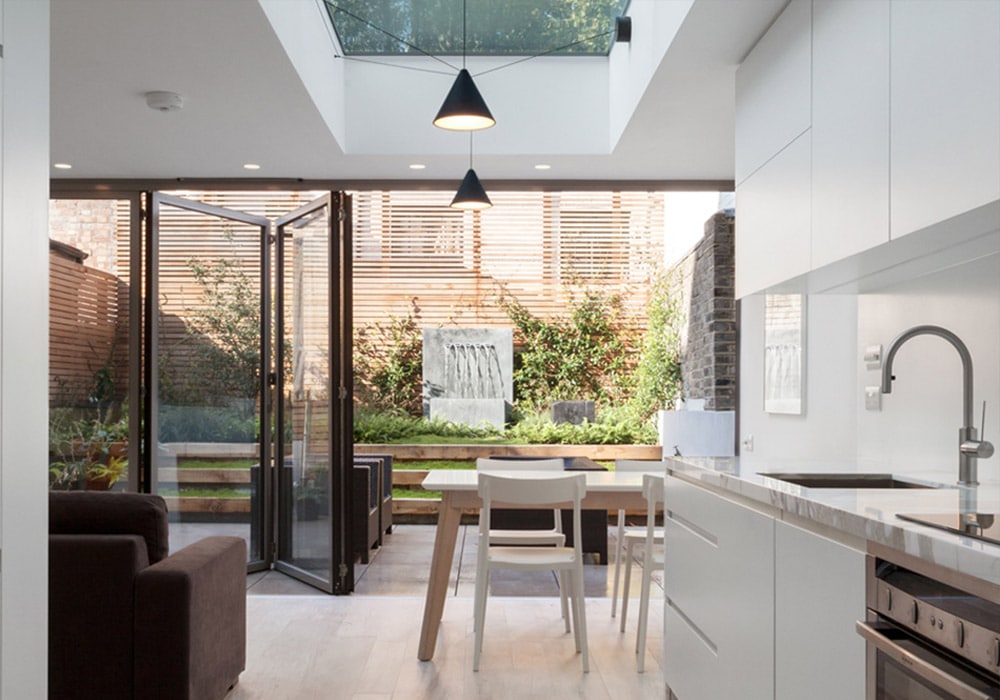
In the same way as patio doors, the rules for a straight replacement are simple – swapping doors of the same size and similar appearance will not typically require planning permission. This will only become a factor if substantial changes are being made, or if there are specific restrictions, such as;
Adding bifold doors to a conservatory is a popular upgrade, but the applicable rules will depend on where the doors are being installed.
If you are adding doors to an existing conservatory, you will not typically need planning permission as this kind of alteration is usually covered by permitted development rights.
However, If the new doors are to be installed between your house and the conservatory, they must comply with building regulations for thermal efficiency as they will be classed as external doors.
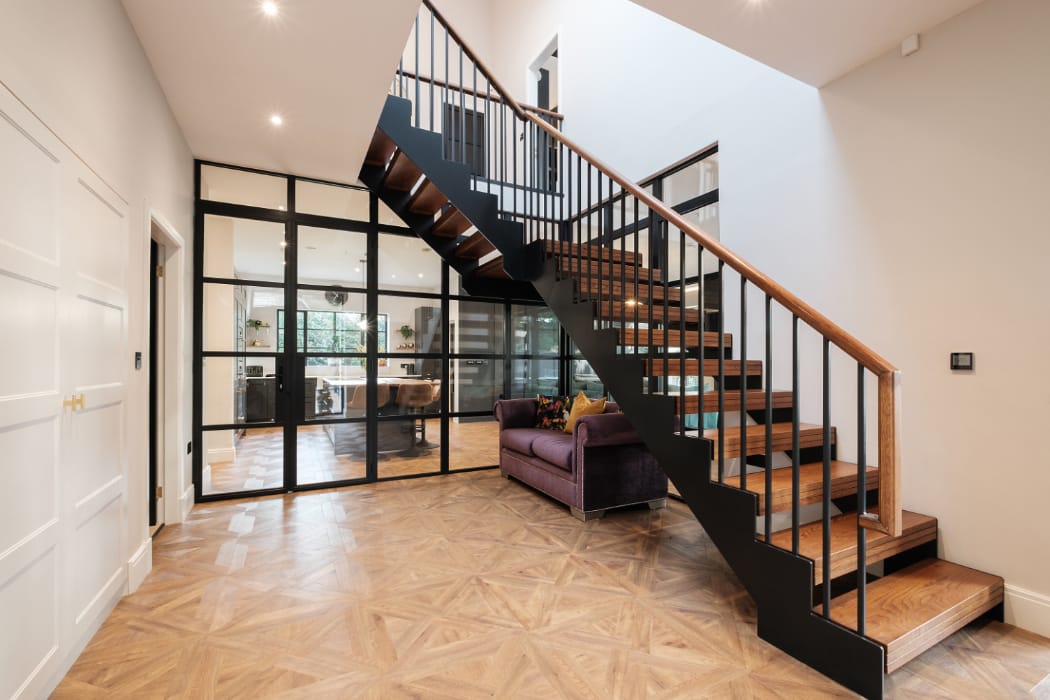
Replacing a solid wall with a glazed screen including French doors or an expansive glass partition, like the SF20 internal sliding door, is a popular way to transform a living space. However, because this is a major structural alteration, it requires careful planning and will need both planning permission and building regulations approval.
If the process involves removing a significant section of a load-bearing wall, which is fundamental to your home’s stability, you will almost certainly need a structural engineer to ensure that the new opening is properly supported.
No, bifold and sliding doors are not structural elements. They are only designed to fit into an opening and not to carry the load of the wall or roof above. Internal openings can be supported by a steel beam (often called an RSJ or lintel) installed above the door frame.
If you are replacing an existing door or window with bifold doors of the same width, the existing RSJ or lintel will usually be sufficient. However, if you are creating a new or wider opening that will impact supporting walls, you will need a structural engineer to determine if a new RSJ is required.
To make things simple, here is a summary of when you are likely to need planning permission or building regulations approval for bifold and sliding doors. Note: This is a general guide, and you should always check with your local authority before starting any work.
| Project | Planning permission approval? | Building regulation approval? | Covered by Permitted Development Rights? |
| Replacing an existing door with a new one of a similar size | Not usually required | Required | Yes |
| Replacing a window with a new door of a similar size | Not usually required | Required | Yes |
| Installing bifold doors on a conservatory | Not usually required | Required (if separating house from conservatory) | Yes |
| Widening an existing opening for a new door | Likely required | Required | No |
| Creating a new opening for a door | Required | Required | No |
| Installing bifold doors in a listed building | Specific permission required | Required | No |
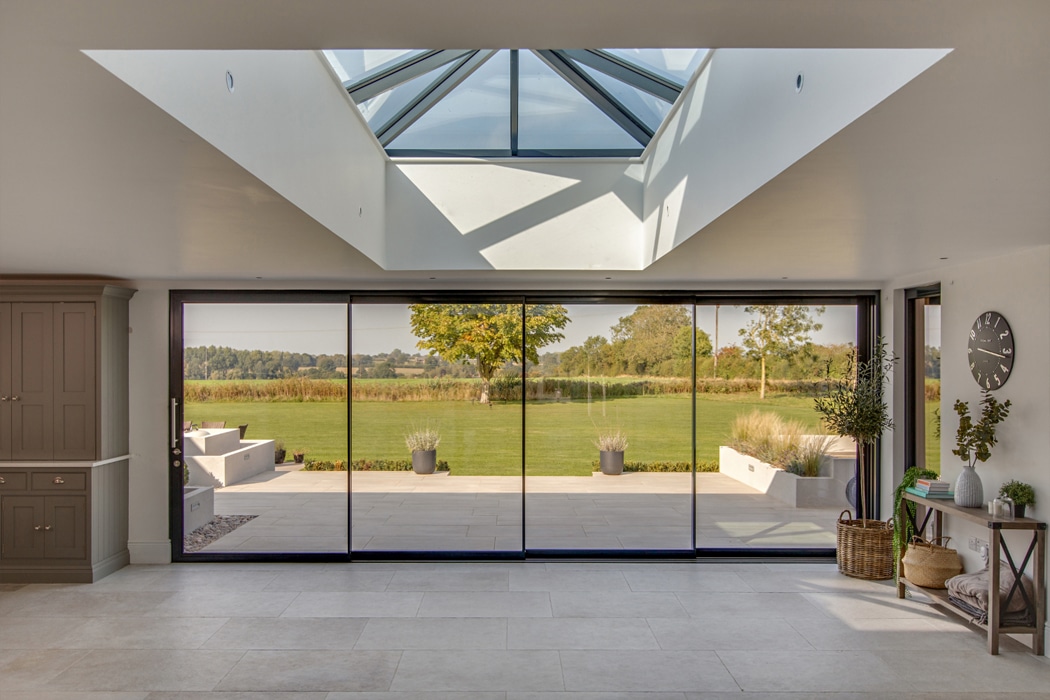
Navigating planning rules and building regulations can feel complex, but it shouldn’t stand in the way of creating your dream home renovation. In most standard projects, such as replacing existing patio doors, the process is straightforward. For more ambitious plans, like creating a stunning glass wall, getting the right advice is key.
At IDSystems, we provide more than just award-winning bifold doors and sliding doors, we provide expert guidance to ensure your project is a success. From understanding thermal performance to installing a flush track, our team is here to help.
Explore our successful aluminium bifold door projects, or visit our virtual showroom to see what’s possible. If you have any questions, contact our team today for a free, no-obligation quote.